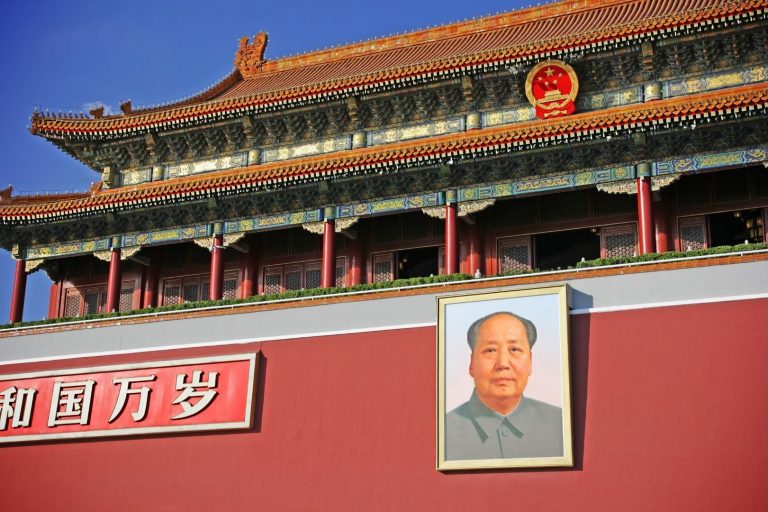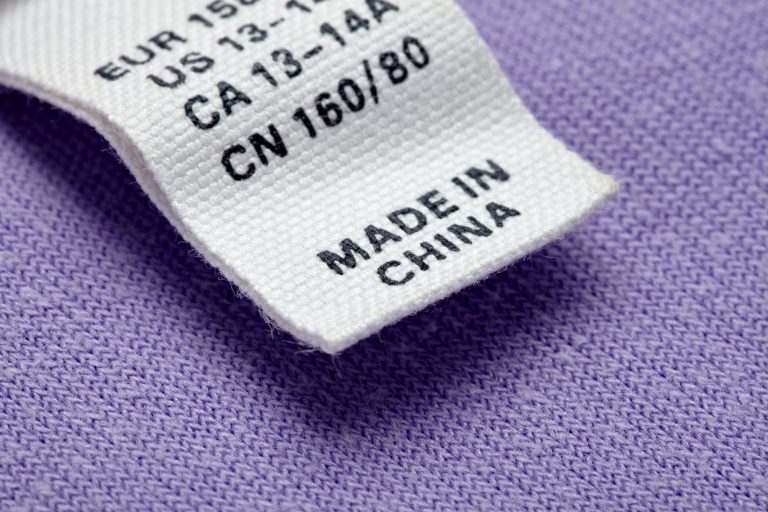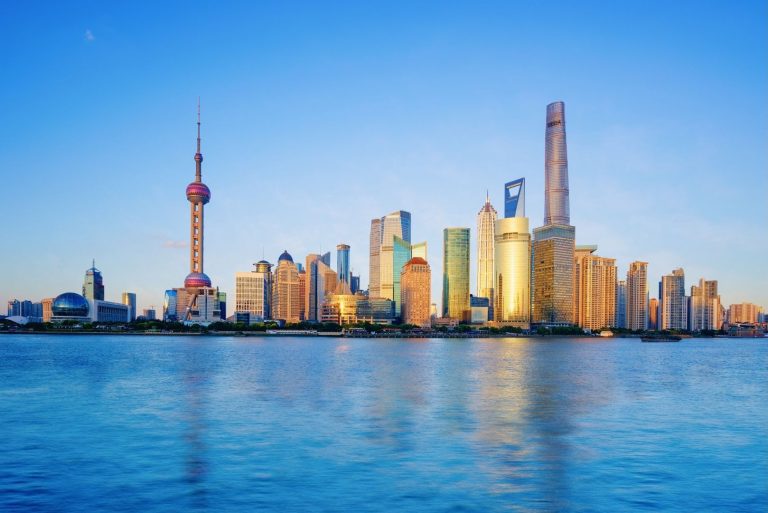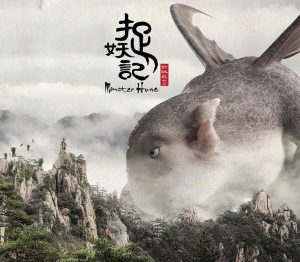Article by Jadyne De Jesus
Edited by Regiena Siy
Beep! Your phone lights up with a new notification for the day. Your newest Shein order has just arrived, and you can’t wait to try on the new clothes you’ve bought. Does this sound familiar? It probably does, because it’s what online shopping consumers all around the world experience. Online shopping platforms have been the most downloaded applications in the past two years, signifying an increase of interest in the world of e-commerce. In the Chinoy setting, Shopee hauls and clothes sales have been a warmly-received trend in the community, as most Chinoys have indulged in online shopping once in a while. What can go unnoticed under this popularity, however, are the Chinese roots that hold up the foundations of the fast fashion industry.

Online shopping has caught up to reigning fashion industries as of the late 2010s. It has proved itself to become a major competitor in the market, marking a steady growth in terms of profit. While the pandemic has seen many departmental fashion brands shut down their branches all over the world, online fast fashion has only thrived. Beneath it all, Chinese-owned online fashion shops have also prospered. While many associate e-commerce with many top online shopping applications such as Amazon or eBay, emerging competitors to rival their profits are Chinese-owned platforms such as Shein and AliExpress. Its demographic is targeted towards international consumers, as they export much more products out of the country rather than within.

The origins of fast fashion date back to the mid-20th century, around the 1960s to 1970s. As China had just finished their political reign under communist leader Mao Zedong, the country needed to accelerate their economic growth rate to keep up with the rapidly advancing globe. By utilizing economic nationalism tactics and focusing on their local circulation of economy, foreign trade was limited to only a few select coastal areas, where exports would be restricted and more efficiently delivered. After building up their local economy, the country was then able to ease their restrictions on foreign trade. With this, the international market saw a great acceleration in success. While fast fashion technically originated in New York, post-war recessions made this fad more appealing for clothing of cheap material to be sold at reasonable prices all around the world.

In a modernizing China, shifting and advancing economic trends could also not be ignored. Since practicality and frugality are central to Chinese cultural values, fast fashion proved to be very appealing for Chinese consumers. China’s economy capitalized off of this with fast fashion factories to source out products, hence why many articles of clothing are labeled ‘Made in China.’ In a way, it was an unexpected triumph for Eastern economies to succeed in the Western market. As Chinese culture encourages the mindset of productivity and hard work, it has paid off with a steady rise in profit and investments, making China the backbone of the fashion economy. Aside from appealing to the mindset, Chinese-owned applications such as Tiktok (known as Duoyin in China) also helped spread fast fashion’s popularity through shopping haul videos created by influencers. Although perhaps an unintended strategy, social media trends proved to be an effective mode of advertisement, especially in the time of pandemic, since marketing strategies that publicize the convenience and design of certain products cater to a wholly online environment.

However, one factor that should not be overlooked with fast fashion’s success is the ethicality of it. Cheaply made materials also come with low wages for factory workers, and given the lax labor laws that these workers are subjected to, there is nothing to protect them from exploitation. Sustainability trends in the fashion industry have also made slow progress due to the continued exploitation of labor in countless countries.
While many socio-economic factors surround the often-contended topic of fast fashion, our position in the market as consumers also greatly affects the economy. The economy circulates because it is affected by all sectors, whether consumers or producers. Fast fashion may seem appealing thanks to how it is craftedly marketed by producers, but as consumers, we have to be aware that some brands are products of unethical practice. This practice has been sustained for decades because people indirectly support it by continuing to purchase the goods while overlooking the human rights violations, so our responsibility as consumers is to prioritize ethicality when purchasing fast fashion products.
The rise of China as a major contender in the fashion industry has been a slow but steady rise thanks to its resource management, cultural integration, and strategic marketing. Starting out as an underdog, the narrative of Eastern countries evolving into major global players has been witnessed in the 21st century with much acclimatization. Indeed, the next new trend in fast fashion cannot always be predicted, but when it comes, the existing markets will surely absorb its content and adapt to the change.

References:
- https://fashionista.com/2016/06/what-is-fast-fashion
- https://www.yieldify.com/free-guides/fashion-ecommerce-trends/
- https://www.theguardian.com/fashion/2021/dec/21/how-shein-beat-amazon-at-its-own-game-and-reinvented-fast-fashion
- https://www.vox.com/the-goods/22573682/shein-future-of-fast-fashion-explained
- https://www.e3s-conferences.org/articles/e3sconf/pdf/2020/78/e3sconf_iseese2020_02014.pdf
- https://www.scmp.com/economy/china-economy/article/3149569/chinas-millennials-embrace-local-brands-fast-fashion-giants
- https://daxueconsulting.com/fast-fashion-industry-china/
- https://digitalcommons.uri.edu/cgi/viewcontent.cgi?article=1007&context=tmd_facpubs
This article is brought to you by the Communications and Publications department of Ateneo Celadon and Elements Magazine on Facebook: https://www.facebook.com/CeladonElementsMagazine




